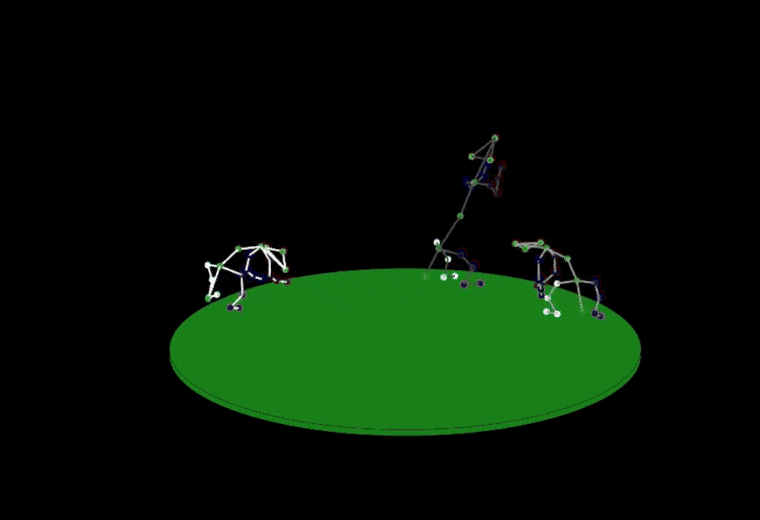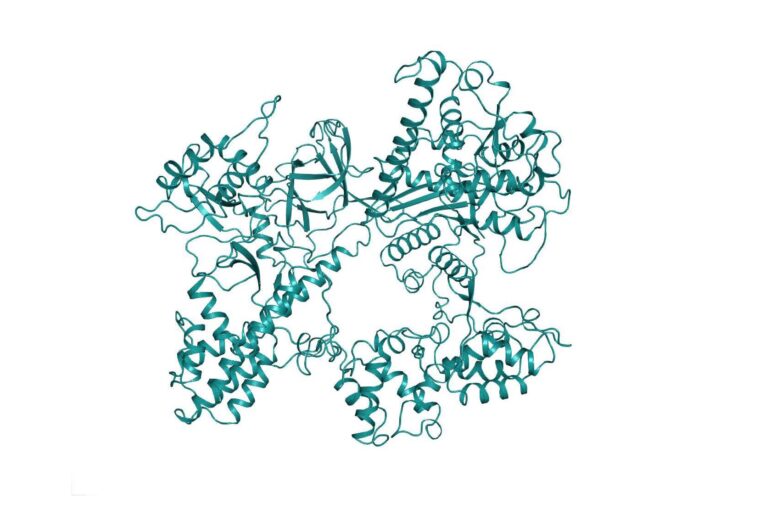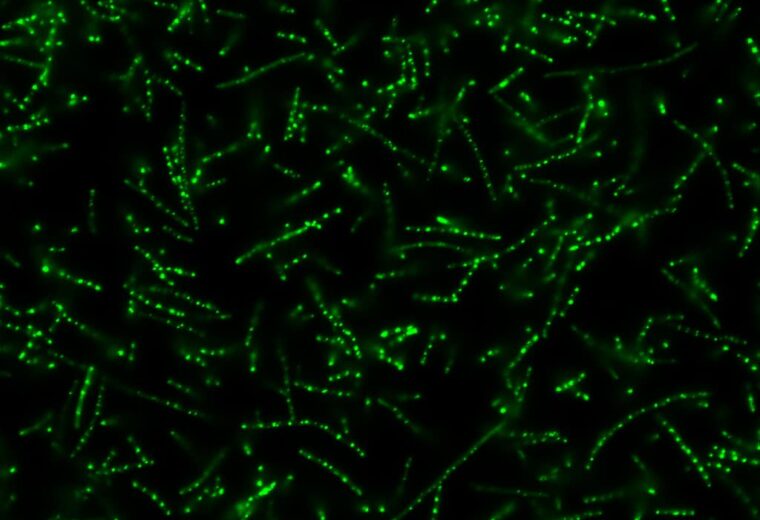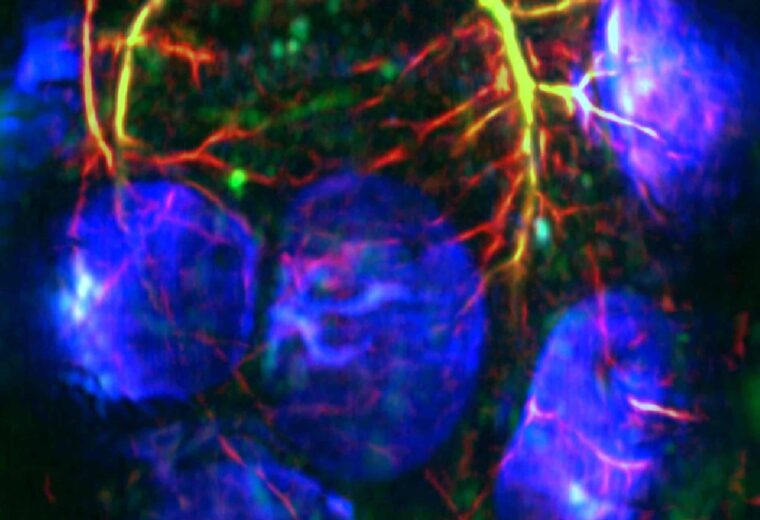
AI-Integrated Imaging Reveals Retinal Cellular Structures with Precision and Speed
A new cost-efficient and open-source technology could revolutionize the diagnosis and treatment of eye and brain diseases.

A new cost-efficient and open-source technology could revolutionize the diagnosis and treatment of eye and brain diseases.

A new “atlas” will increase precision in measuring changes in brain structure and make it easier to share results for scientists working to understand neurological diseases such as Alzheimer's disease.

The center focuses on three technologies: wearable devices, high performance computing (HPC), and extended reality (such as virtual reality).

Sparked by the efforts of parents with a child diagnosed with Alexander disease, Pranam Chatterjee is using his lab's technology to try to find a treatment or cure.

A new platform uses machine learning to identify and map social interactions, unlocking new ways to study behavioral disorders like autism

Amanda Randles pioneers computer models that non-invasively diagnose disease

By scouring thousands of bacterial genomes for new CRISPR-Cas systems, researchers have discovered some that could expand the technology’s impact in research, biotechnology and medicine

Learn how federal funding helped Duke Engineering graduate and professor revolutionize a device that has restored hearing for millions.

Researchers led by Lingchong You have developed a system to better regulate gene expression that could be applied to biosensors, toxin production and metabolic pathway regulation.

Researchers find a master epigenetic switch that activates silenced genes to compensate for their missing counterparts in a rare genetic disease called Prader-Willi syndrome

Synthetic biological compartments trap together cellular machinery to increase their rate of protein production

One small slit could make rapid and detailed imaging tools more accessible for labs and hospitals